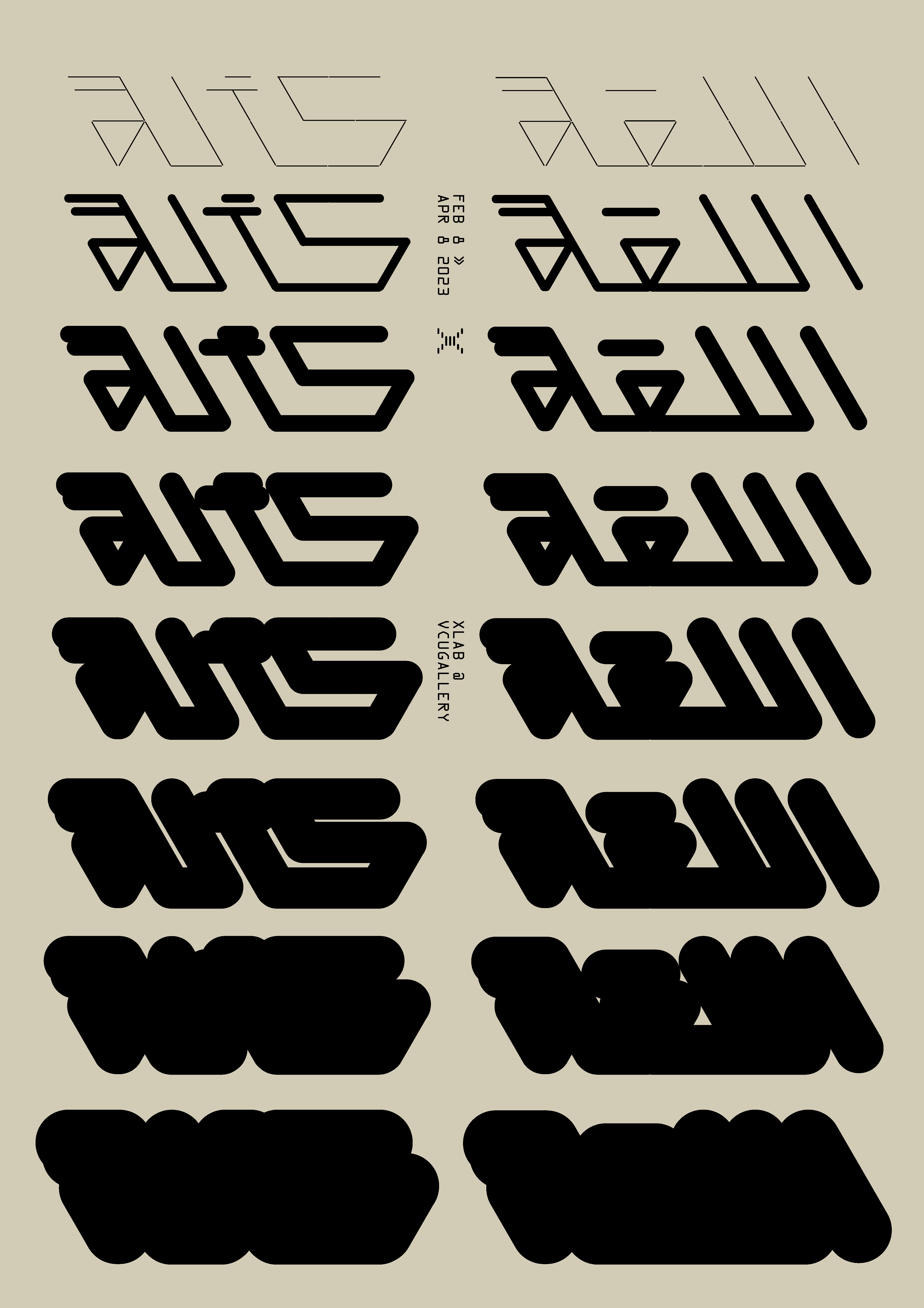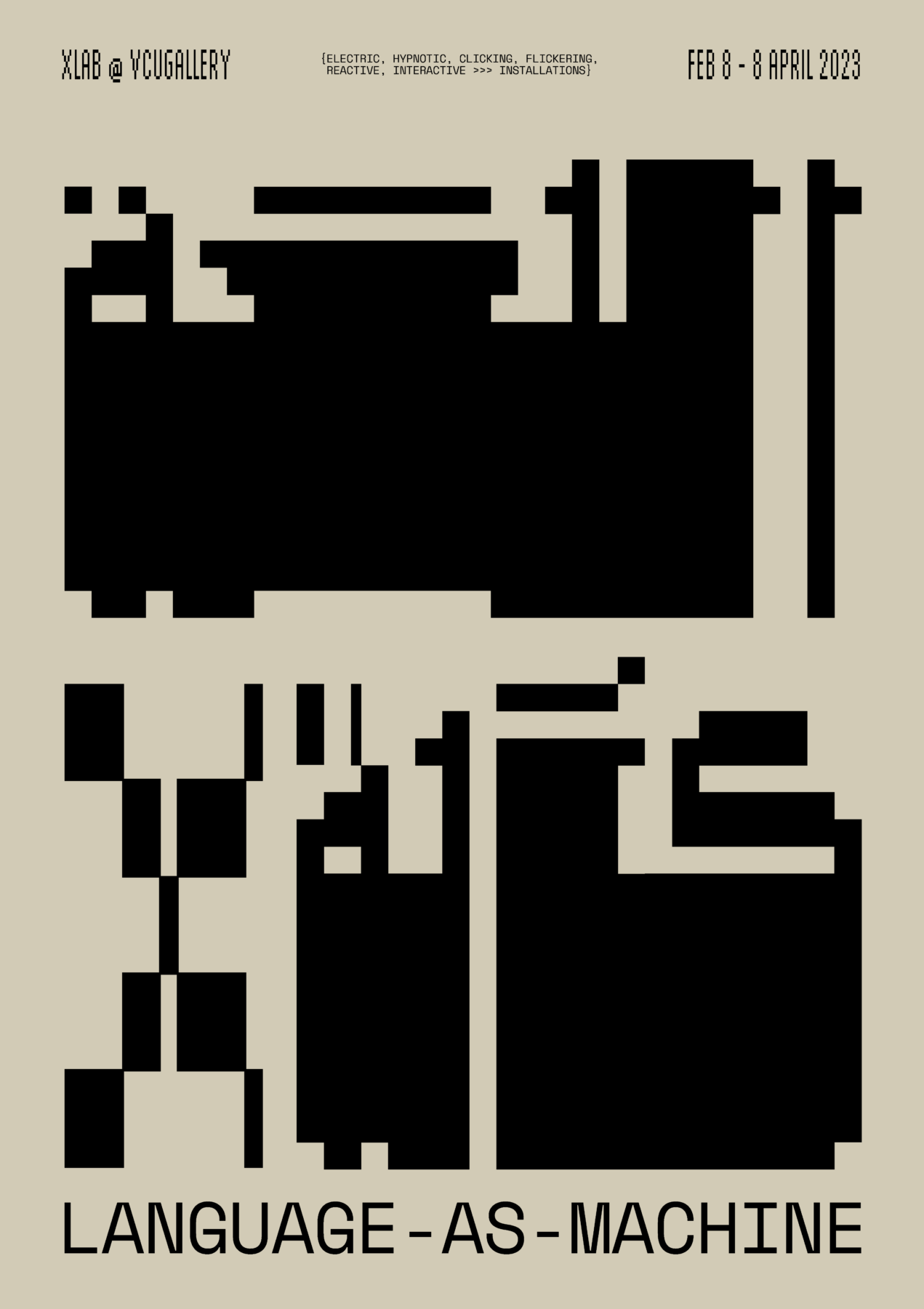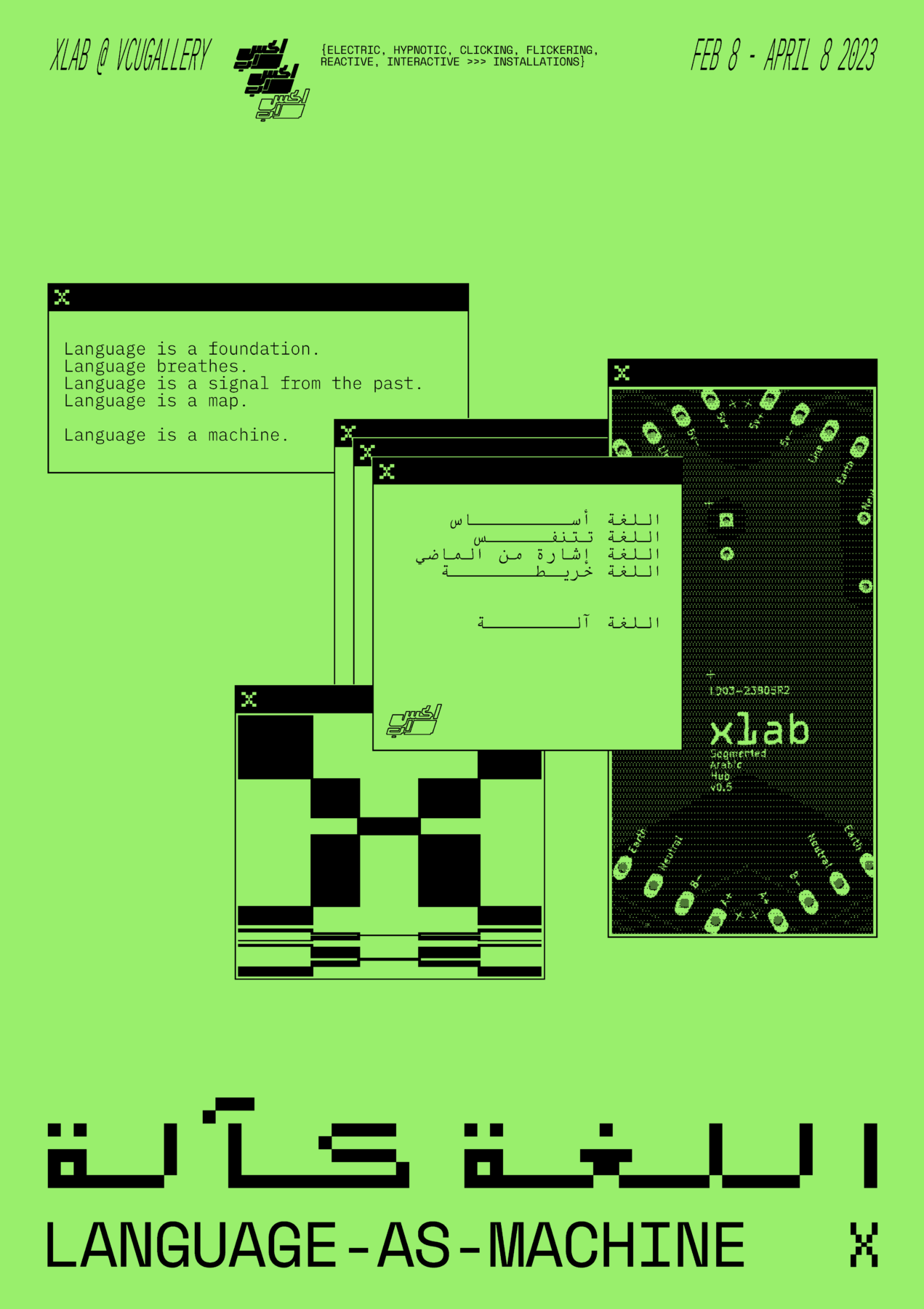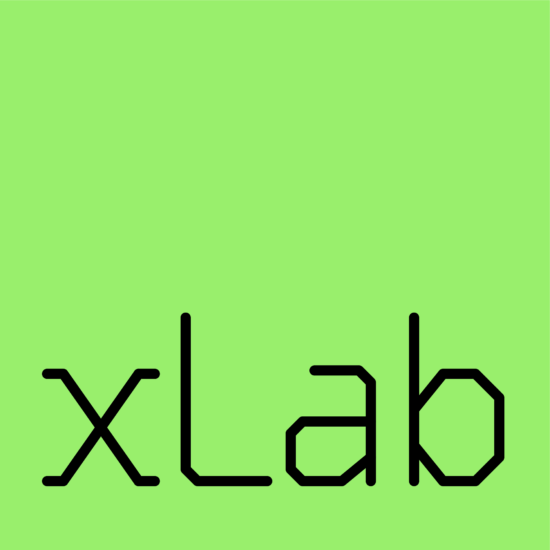
What is technology? How can technology shape culture? How can culture shape and drive technology?” These are the topics and questions that motivate the creators of xLab, a collaborative and exploratory initiative at VCUarts Qatar founded by Mohammad Suleiman, Levi Hammett, Haithem El-Hammali and Hind Al-Saad. Looking at new forms of making and computing in the field of art and design, their aim is to go beyond the technical aspects of computation, using exploratory initiatives to research, produce and teach.
Their first solo-exhibition at The Gallery at VCUarts Qatar titled, Language-as-Machine, is an inquiry into the interplay between technology, language, the evolution of human thought processes and innovation. “Technology continues to shape who we are as humans and language is a big part of what makes us human,” they explain. “Technology has shaped how we communicate and how we speak to each other. Technology is the path, or the language, into the future.”
This relationship between technology and humanity, the pursuit for deeper meaning and connection in all aspects of the human experience is what turns computational design into an artistic practice. “These topics are very fundamental to who we are,” explain the artists. “It is very interesting to explore some of those from an artistic perspective.”
How can technology shape culture? How can culture shape and drive technology?
––xLab






Their dream is to develop the lab into a regionally significant center for open source computational innovation and sharing of ideas with “bigger projects, bigger venues and a larger impact that engages in dialogue with the global community”. The free sharing of ideas is not a new concept, but, as xLab observes, there is a lack of such initiatives regionally, in the Arab world. There is a need to “emphasize and highlight the potential of art and design, technology and computation when it is applied to Arabic culture.” What is the influence of technology on culture in the modern world? How can cultures, and specifically Arab culture, preserve their essence while continuing to evolve technologically? These are the discussions in which xLab aims to engage through their art. After all, what is technology if not an actualization of intricate data systems and design stemming from artistic creativity, brainstorming and imagination. The Language-as-Machine exhibition will showcase the potential of xLab and the evolution of their work as a culmination of creativity that is “poetic and conceptual rather than just pure technology.”
Xlab is a funded research and development entity at VCUarts Qatar. The lab’s goal is to create tools and artifacts that converge art, design, and the sciences through technology, computation, and craft. xLab aims to be a non-hierarchical research lab composed of faculty, alumni, and students working together within an agile development framework, where any member of the team can propose an idea and take a leadership role in the research and development of that idea. It takes an extra-disciplinary approach to the development of research outcomes which have included artistic installations, undergraduate course design, curriculum design, product development, typeface design, and the creation of software and hardware-based tools for art and design. Its mission is to support research, teaching, and learning related to the creative potential of computation and technology in Qatar.

Mohammad Suleiman is an architect and assistant professor who investigates spatial mapping and data-driven design workflows for the existing built environment.
@exact.location
levihammett.com
Levi Hammett is a designer and associate professor exploring the synthesis of computational processes and traditional crafts with an emphasis on the development of culturally constructive graphic objects.
Haithem El-Hammali is an architect and an assistant professor whose research focuses on Human-Computer Interaction (HCI) in design and design education and the integration of Building Information Modeling (BIM) and mixed reality in design.
Hind Al Saad is a computational artist and teacher, who explores automation systems within digital code and analog printmaking processes to create emergent graphic forms.